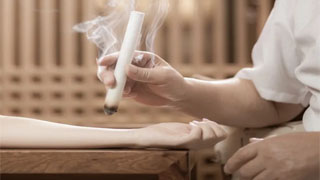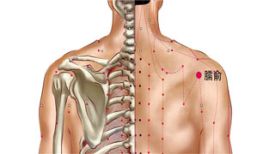
Since the beginning of spring, the pollen and willow catkins that have permeated the air have caused great pain to many sensitive people. Some patients with allergic rhinitis may experience respiratory problems in severe cases, in addition to runny nose and sneezing.
Cold and rhinitis need to be distinguished
Allergic rhinitis is a type of allergic disease, commonly characterized by paroxysmal sneezing, watery nasal discharge, nasal congestion, itching, etc. Some patients may experience eye redness, swelling, and pain, and it is more common in middle-aged and young people.
The majority of patients with allergic rhinitis are caused by exposure to allergens. There are various allergens, such as drugs, pollen, and even cold air, which can become the "culprits" that stimulate the onset of allergic rhinitis.
Due to the similarity in symptoms between the common cold and allergic rhinitis, allergic rhinitis is easily overlooked. However, there are still many differences between the two, and patients can determine whether their nasal mucus and sneezing are caused by allergic rhinitis based on specific symptoms.
Symptoms such as nasal congestion, cough, and runny nose caused by the common cold will appear successively after being infected with the virus; The symptoms of allergic rhinitis will appear immediately after exposure to allergens, and can gradually alleviate after removing allergens.
Seasonal allergic rhinitis usually only occurs in spring or autumn, and there is also a type of non seasonal allergic rhinitis that is often caused by dust mites in the air and can recur throughout the year.
Blow your nose carefully and pay attention to the method
To avoid excessive friction and injury to the nose, it is recommended to use a softer tissue when blowing your nose. Some tissues contain bleach, alcohol, softeners, etc. When selecting, attention should be paid to screening to prevent the aggravation of allergic symptoms.
At the same time, when blowing your nose, pay attention to the force, tilt your head slightly forward, keep your mouth tightly closed, and use small amounts multiple times; Avoid sudden exertion to affect ear pressure, intraocular pressure, and cause conditions such as otitis media, orbital emphysema, sinusitis, etc.
Patients with a history of eye trauma or nasal surgery should be more gentle when blowing their nose. You can first rinse your nose with corticosteroid nasal spray or saline solution, and then blow your nose after the nasal congestion is slightly relieved.
Nourishing lung qi, strengthening the body and preventing allergies
From the perspective of traditional Chinese medicine, allergic rhinitis can be classified as "nasal congestion", caused by weak lung qi, unstable defense qi, and invasion of external pathogens into the body. Improving one's own resistance is an effective method for preventing allergic rhinitis.
The Shenzhu acupoint is an important acupoint on the Du meridian and a commonly used health acupoint, located in the depression below the spinous process of the third thoracic vertebra. The body pillar acupoint has the effects of promoting yang qi, regulating lung qi, supplementing deficiency and damage, relieving heat and toxins, and calming the mind. Regardless of age, moxibustion at the Shenzhu acupoint can enhance one's own resistance and reduce the probability of allergic rhinitis.
Acupoint moxibustion
【 Acupoint selection 】 Tian Tu acupoint, Shan Zhong acupoint
【 Positioning 】 The Tiantu acupoint is located on the anterior midline, at the center of the sternum fossa. The Shanzhong acupoint is located on the anterior midline, at the midpoint of the line connecting the two nipples.
【 Operation 】 Light the moxa stick and apply moxibustion to the selected acupoint 5 centimeters away for 10-15 minutes at each acupoint, once a day. It is advisable to have rosy skin without pain.
【 Effect 】 Promote lung function and regulate qi.


